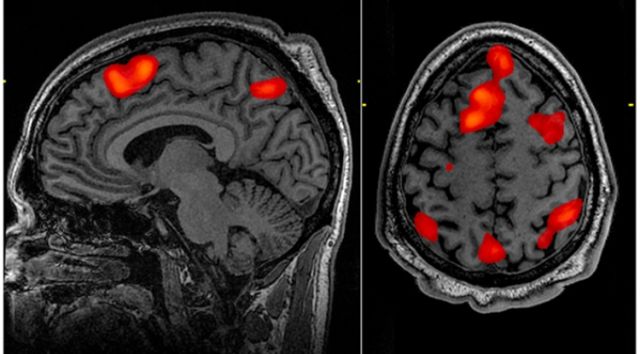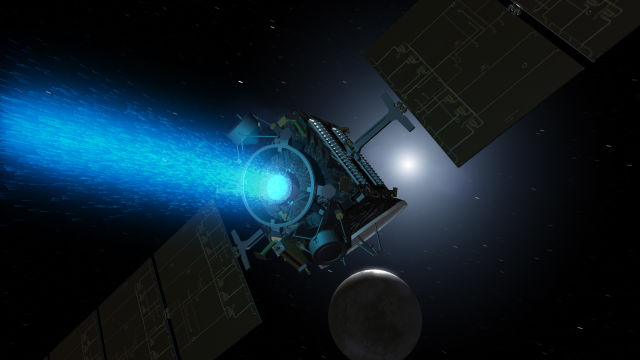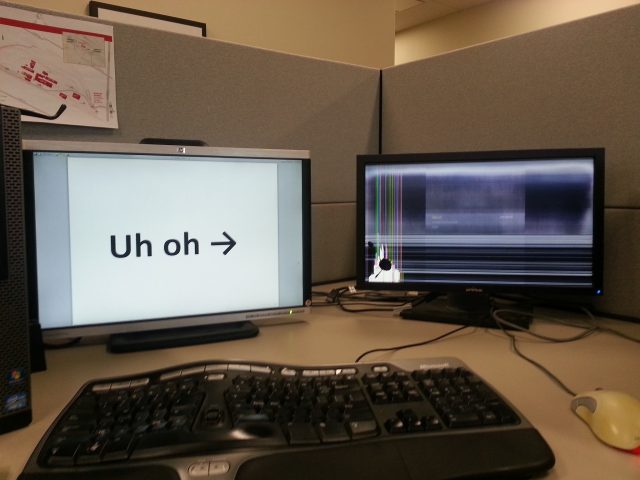
Today, the UK's Wellcome Trust, a major funder of biomedical research, announced that it was partnering with a publisher called F1000 to create a new scientific journal. As its name implies, Wellcome Open Research will exclusively feature the research of people funded by the organization, and it will provide open access for anyone to view it—no subscription required. The journal will also have distinctive twists on what constitutes something worth publishing, as well as the peer review process.
Both the underlying technology and the approach to publishing will be borrowed from F1000. Authors will submit a work (more on what constitutes a work later), at which point it will undergo a brief editorial check for scientific validity. If it passes, it gets published online. At that point, peer reviewers will be invited to check the work out; their reviews, as well as their identity, will be public, so that anyone viewing the document can see it. The paper can then be revised based on the reviewers' comments; only when everyone is satisfied will the final product be submitted to scientific publication databases like PubMed.
Beyond the open peer review, Wellcome appears to be pushing for a greater opening up of the scientific process. In addition to works that are like a traditional scientific publication, the journal will happily take negative results (a hypothesis is wrong), null results (an experiment simply failed), and even just data sets. This is an acknowledgement that researchers typically do many experiments that are failures or produce results that aren't of general interest. But these results can be of value to the scientific community, if for no other reason than to warn them of experimental approaches that simply don't work.







